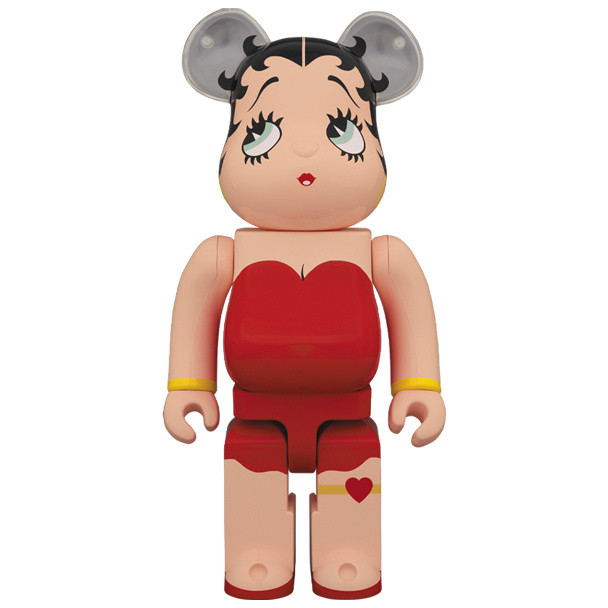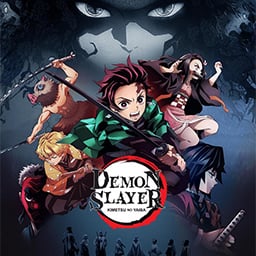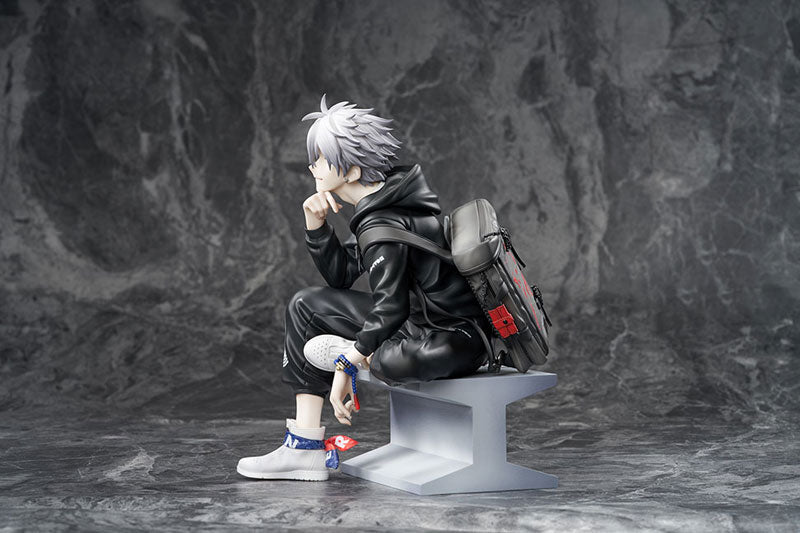Betty Boop Dizzy Dishes - BE@RBRICK
One of the most iconic characters in American animation was born at a time when competition with the world's most famous mouse was fierce. Betty Boop was one of Fleischer Studios' first flagship characters. Although the studio closed in the early 1940s, Betty's legacy lives on in pop culture. Her unforgettable design meets an equally unforgettable canvas in Medicom Toy's "BE@RBRICK Betty Boop 1000%" figure.
Background to the collaboration between Fleischer Studios and BE@RBRICK
The Fleischer Studios license has been owned by Paramount Pictures since the studio's dissolution in 1942. Medicom Toys began producing action figures under the Fleischer Studios brand in 2011.
Planning and launching the collaboration
The first Fleischer Studios character to receive a BE@BRICK figure was Popeye the Sailor Man in 2011. The figure debuted alongside another King Features and Paramount property, Beetle Bailey. In March 2020, Medicom Toy released the Betty Boop Red BE@RBRICK version for pre-order in 100%, 400%, and 1000% sizes. The figure went on regular sale in September of that year. In December 2020, a Betty Boop Black version was released for pre-order.
BE@RBRICK Betty Boop 1000%
This 27-inch Medicom Toy figure is almost large enough to capture Betty Boop's legendary status. She wears her short red minidress, gold bracelets, and signature garter with a heart-shaped accent. Paint details faithfully depict the sweetheart neckline of her dress and the ruffled hemline. Her wispy, curly hairstyle reaches the curved contours of the figure's translucent gray bear ears. She looks shyly to the side. The triangular reflection cut into her eyes is a nod to Fleischer's signature artistic style. Her eyebrows arch high to the top of the figure's head, capturing her innocent look. Her small, pouty lips complete her iconic design.
- Product Name: BE@RBRICK Betty Boop 1000%
- Manufacturer: Medicom Toy
- Features: Painted, articulated, non-scale plastic figure
- Height (approx.): 700 mm | 27.6"

About Fleischer Studios
Fleischer Studios was an American animation studio founded by brothers Max and Dave Fleischer in 1921. The studio itself was built around Max's "Out of the Inkwell" film series. In the series, Max pioneered the rotoscoping technique to produce realistic animation. This process of tracing over live-action footage would become the studio's signature animation style. At its peak, the studio produced the first animated films of the 1930s. Walt Disney Studios became the company's biggest competitor, particularly with the introduction of sound films. Max and Dave had a falling out in 1939, and the company went bankrupt three years later. The influence of Fleischer Studios' rubber-hose animation style and grunge atmosphere can be seen in works like the indie game Cuphead.
About Betty Boop
Betty Boop is an animated character created by Max Fleischer during his Talkartoons film series. Betty debuted in 1930 in the seventh Talkartoons installment, Dizzy Dishes. Betty was originally conceived as an anthropomorphic poodle. Drawing inspiration from the flapper style of the 1920s, particularly from artist Helen Kane, Betty Boop's design was finalized. Betty represented the modern teenager, a product of the Depression Era, at odds with her traditional parents. Her resemblance to the Jazz Age flapper girl made her both a popular sex symbol for adult audiences and a reminder of a time of innocence. Betty experienced multiple resurgences in popularity after Paramount sold her films for syndication in 1951. Today, 22 of her cartoons are in the public domain.
Other important figures from Fleischer Studios
Fleischer Studios created many iconic characters during their decade of domination of the animation industry.
Koko the Clown
Koko the Clown is the main character in Max Fleischer's "Out of the Inkwell" film series. The character developed alongside Fleischer's rotoscoping technique. Max filmed his brother Dave moving around while wearing a clown costume and traced the frames to produce realistic animation. Koko's popularity and that of the "Out of the Inkwell" series led to the formation of Fleischer Studios. Originally, her name was spelled with a hyphen, "Ko-Ko." This spelling was prominently featured in a film made by a bankrupt partner company, and the revision was made to distance the new company from the scandal. Koko made her final film appearance in the Betty Boop cartoon "Ha! Ha! Ha!" in 1934.
Popeye the Sailor
Popeye the Sailor Man is an ordinary, tough, and uneducated hero who displays unexpected wit in solving outrageous problems. Popeye first appeared in an E.C. Segar comic strip beginning in January 1919. In 1932, Fleischer Studios signed a deal with Segar's publisher, King Features, and secured the animation rights to the character. After Bimbo and Betty Boop were subjected to Hays Code censorship, Popeye became the studio's star character. Although Popeye was already a popular comic strip character, his role in animation greatly increased his popularity. He became a staple of Paramount Pictures for 25 years after the collapse of Fleischer Studios.
Bimbo
Bimbo is a large black and white dog who appears in many Betty Boop cartoons. Bimbo's design is inspired by the "Out of the Inkwell" cartoons where he portrays Koko the Clown's dog Fitz. During Fleischer's heyday, Bimbo became the main protagonist of the Talkartoons series. His elevated role positioned him as a rival to Disney's Mickey Mouse. He was the first cartoon character in history to have fully animated dialogue. His main distinguishing feature was his role as Betty Boop's boyfriend in most of the cartoons. After the 1934 Hays Code defined his relationship with Betty as risky, Bimbo disappeared from cartoons.
Links
BE@RBRICK Betty Boop 1000%
Together 100% and 400% Betty Boop BE@RBRICK
BE@RBRICK Series
BE@BRICK Label








